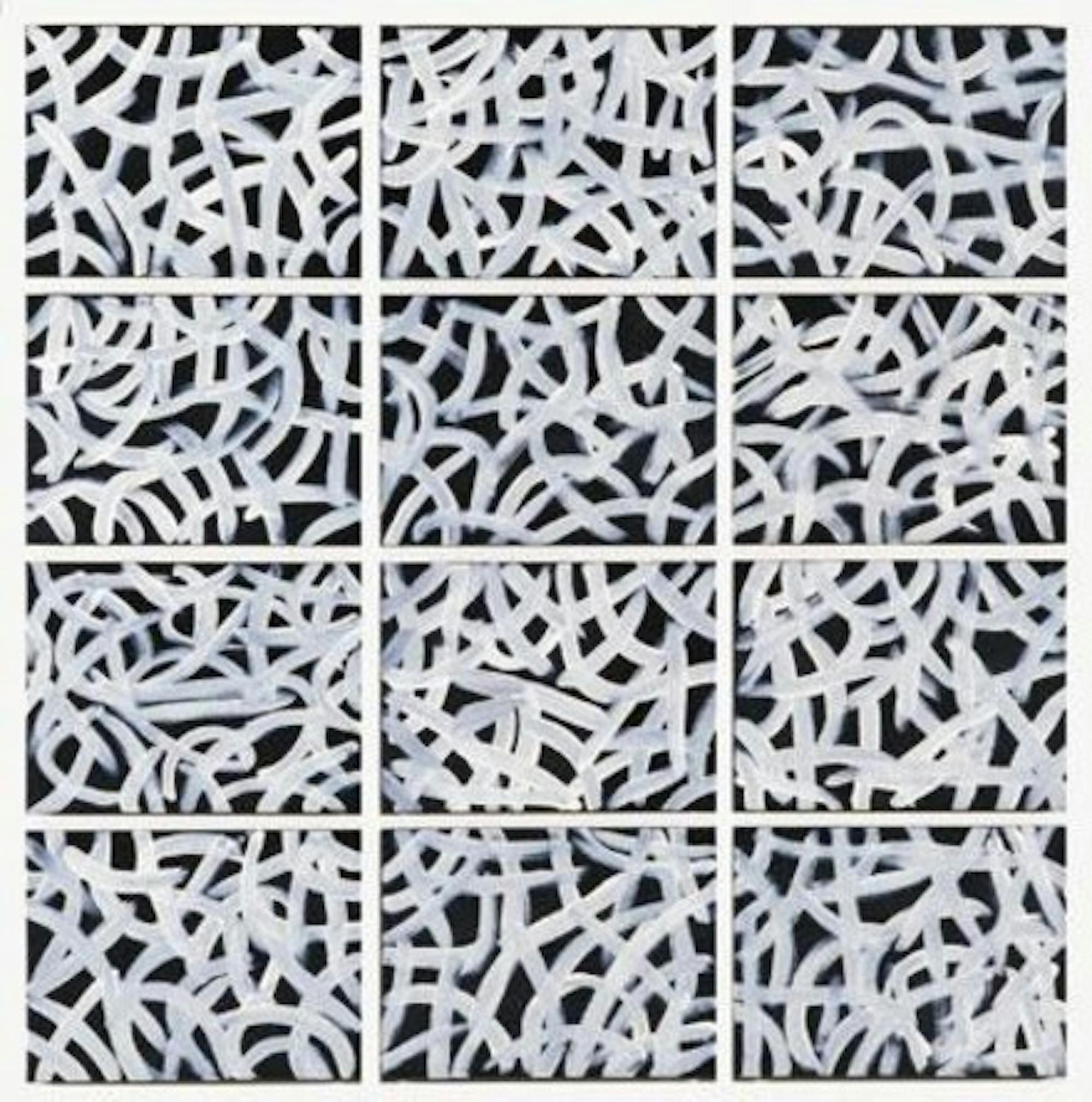This "whole lot," as Emily Kame Kngwarreye referred to her paintings, is exactly what is on display in the Hood Museum's new exhibit, "Dreaming Their Way."
Hailing from a miniscule Aboriginal community in a remote corner of the Simpson Desert, Emily Kame Kngwarreye (1916-1991) is the most renowned of the women in this group exhibition of Australian Aboriginal abstract painters. Her works now fetch over $500,000 at international auctions.
"Dreaming Their Way" is a profoundly controversial exhibit. The first of its kind, the show portrays Aboriginal abstraction at the crossroads of contemporary art.
"For museums with an emphasis on social and cultural history, indigenous Australian art can be considered too aesthetically based and market focused. Conversely, art museums often categorize the work as ethnographic and anthropological," museum director Brian Kennedy says in the show's catalogue, explaining the fine line "Dreaming Their Way" must walk and, at times, cross.
From a curatorial standpoint, the show is cleverly structured, arranged according to Australia's geography. The show uses no wall text, not even to denote the title or artist, because the art "emerges from a culture without a written language."
Therefore the written walking guide becomes essential to grasp the basic facts about the works, and also allows the curator to guide the viewer from room to room in a prescribed manner. In addition, the walking guide provides information about each artist and interprets each work for the viewer.
In Aboriginal culture, each person is the custodian for certain heritage, totems or stories, referred to in Western terms as "Dreamings." When Kngwarreye describes her paintings as depicting "mountain devil lizard, grass seed, emu," she means this quite literally. The canvas itself, however, reveals nothing of these symbols; it resembles contemporary art in the vein of abstract expressionism.
The works are astonishing in their variety and energy. Electric colors, rich textures, and changing scale all play roles in the many wonderful canvases on display. Many canvases play with the eye of the viewer, evoking fabric or rippling fur. Others make use of traditional dot painting or flaunt wild brush strokes.
Thanks to the walking guide, however, the Dreaming of each work is revealed and translated for the viewer, stripping the work of its abstraction. This is perhaps where the exhibit falters.
As Kennedy notes, it is "a matter of deep concern when people are pleased to own wonderful works of art but fail to associate them with the circumstance of those who made them." Although this is true, Kennedy also admits that the Western art tradition is never one to interrogate abstract artists, or force their hand.
"Dreaming Their Way" is a vast step towards recognition in the contemporary art world for Aboriginal abstractionists, but at the same time, holds them back by diverting the viewer's attention consistently back to the very ethnicity their art transcends.
If these works were not Aboriginal, or if we were unaware, would we still be so impressed? This is the burning question that "Dreaming Their Way" poses. The answer is a resounding "yes." The paintings in this exhibit are beautiful -- scandalously, sublimely beautiful.
If given the chance, these paintings would hold their own in the Western cannon of abstract art, but unfortunately, not many critics are ready to accept Aboriginal art as legitimately contemporary.
Though there are several prominent collections arising in the United States and around the world, and as eager as the curators of "Dreaming Their Way" may be to trumpet the arrival of Aboriginal art in the contemporary mainstream, there remain many rivers to cross.
"Dreaming Their Way" itself is only a onetime engagement; there are no other planned locations for the show after it has run its course at the Hood. No other institution that has been approached is willing to host the show.
The Hood Museum is certainly to be commended for pushing forward the controversial and changing place of Aboriginal art. "Dreaming Their Way" is ambitious and well organized, but falls short only at the last threshold.
If the hope is for Aboriginal art to one day be placed alongside the pedestals of Pollack and Rothko, then the works should be allowed to speak for themselves, unfettered by the constant reminders of their ethnography. These sublime works need no more explanation than what their brazen colors and brushstrokes already provide.




